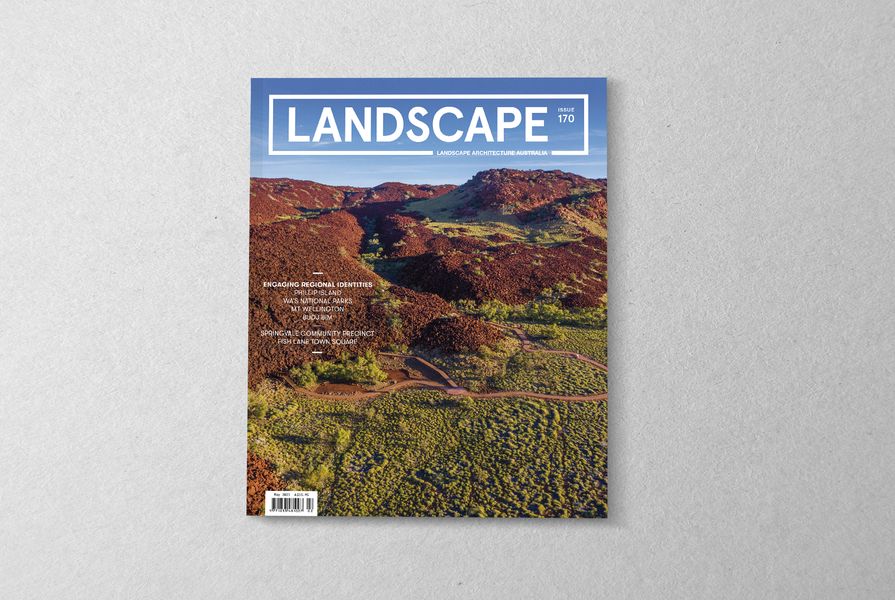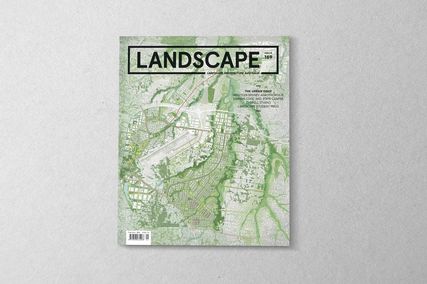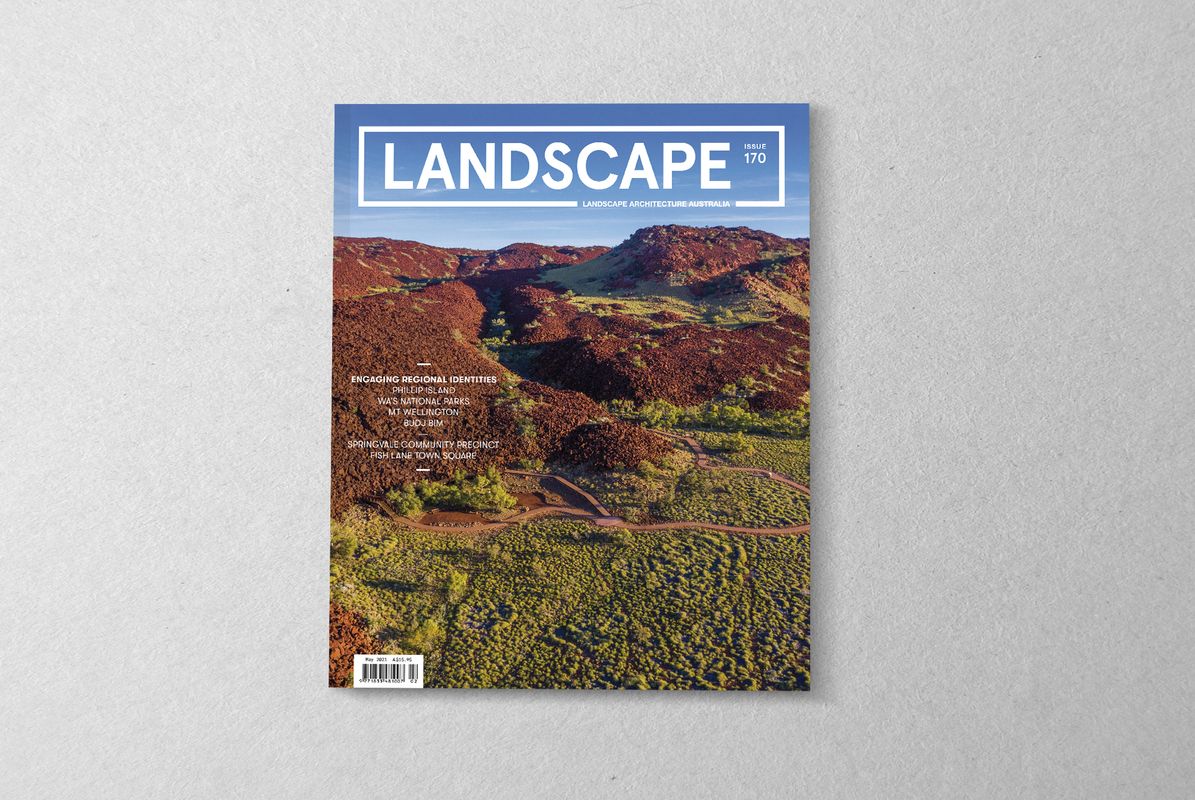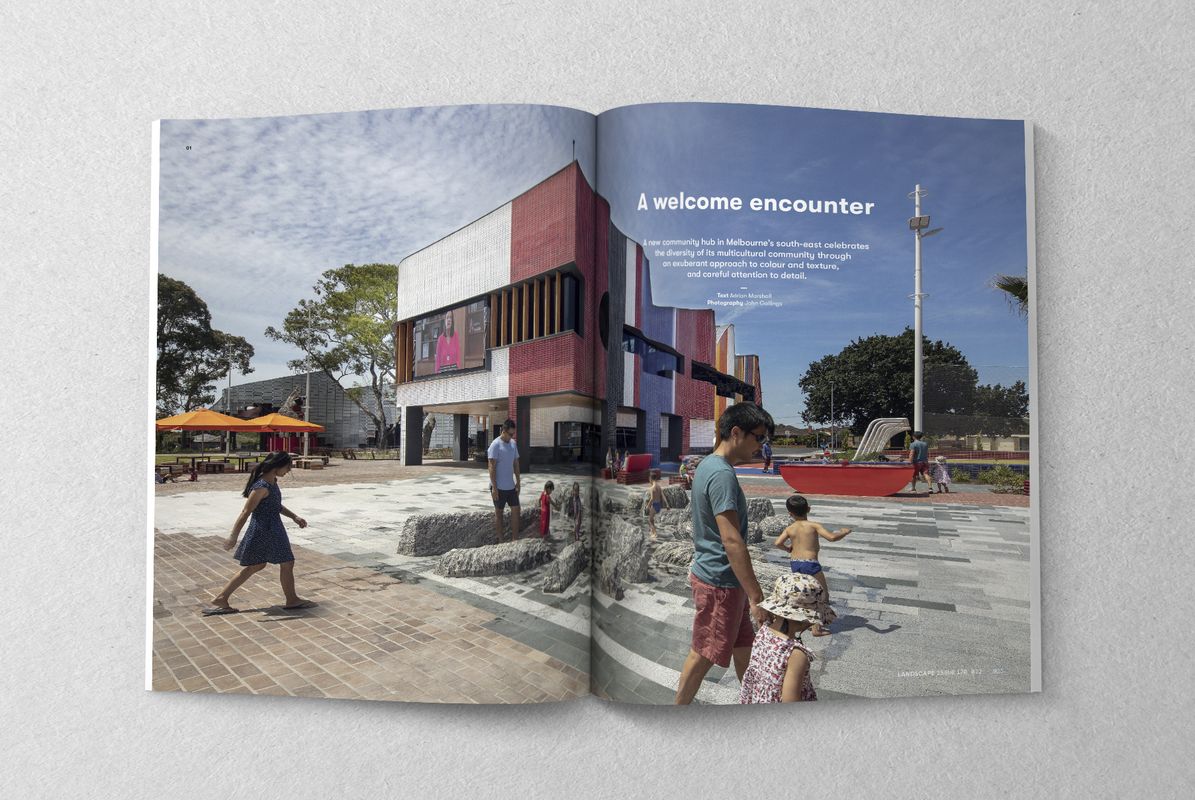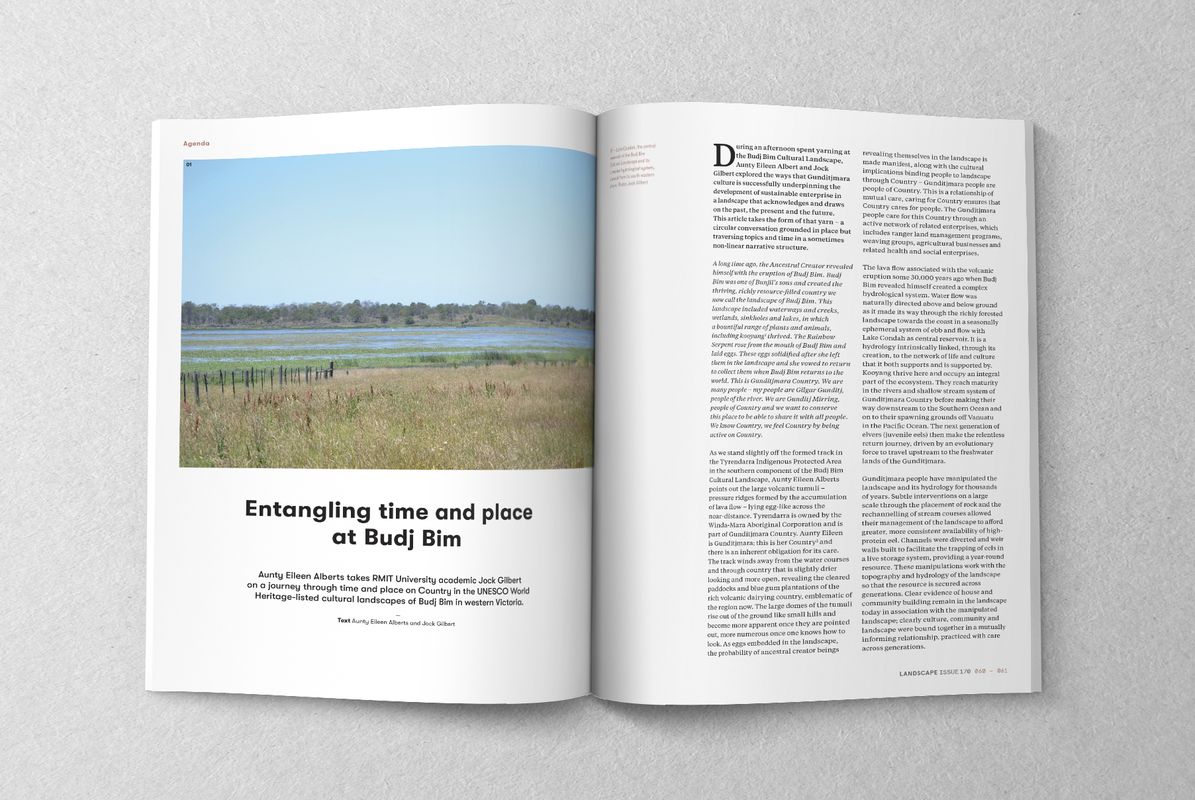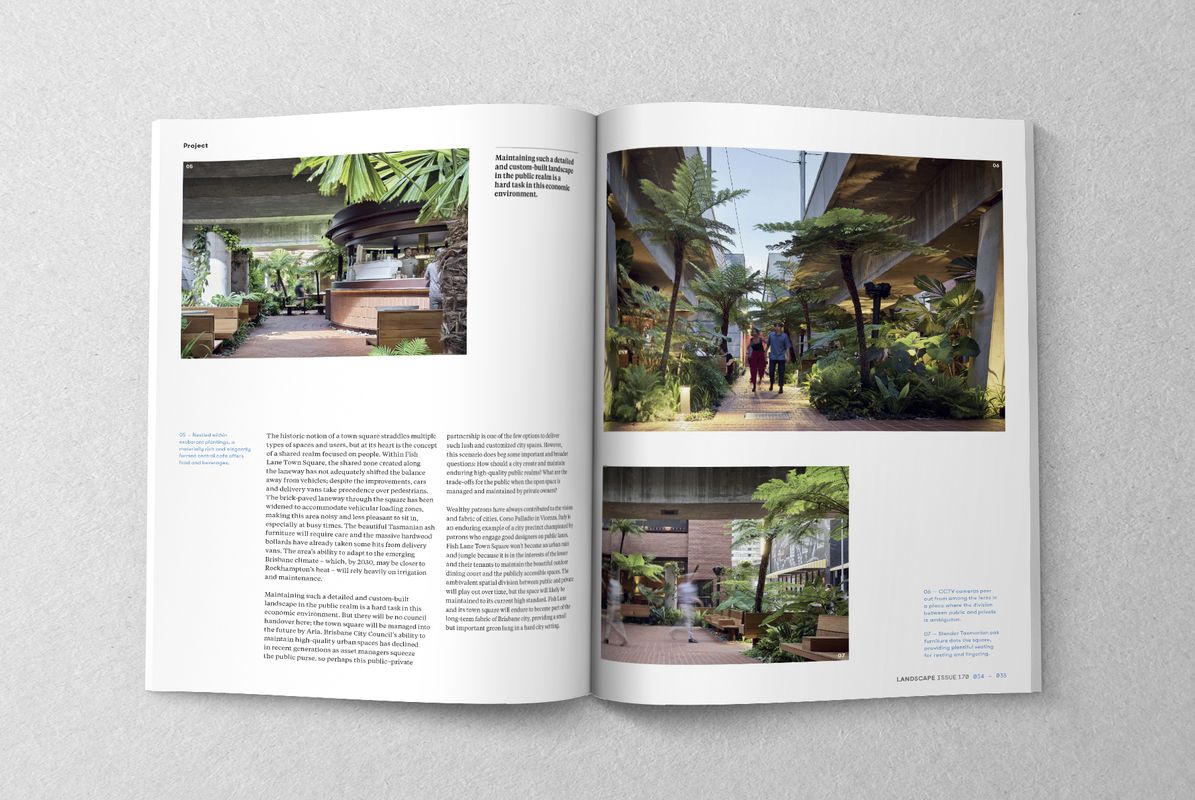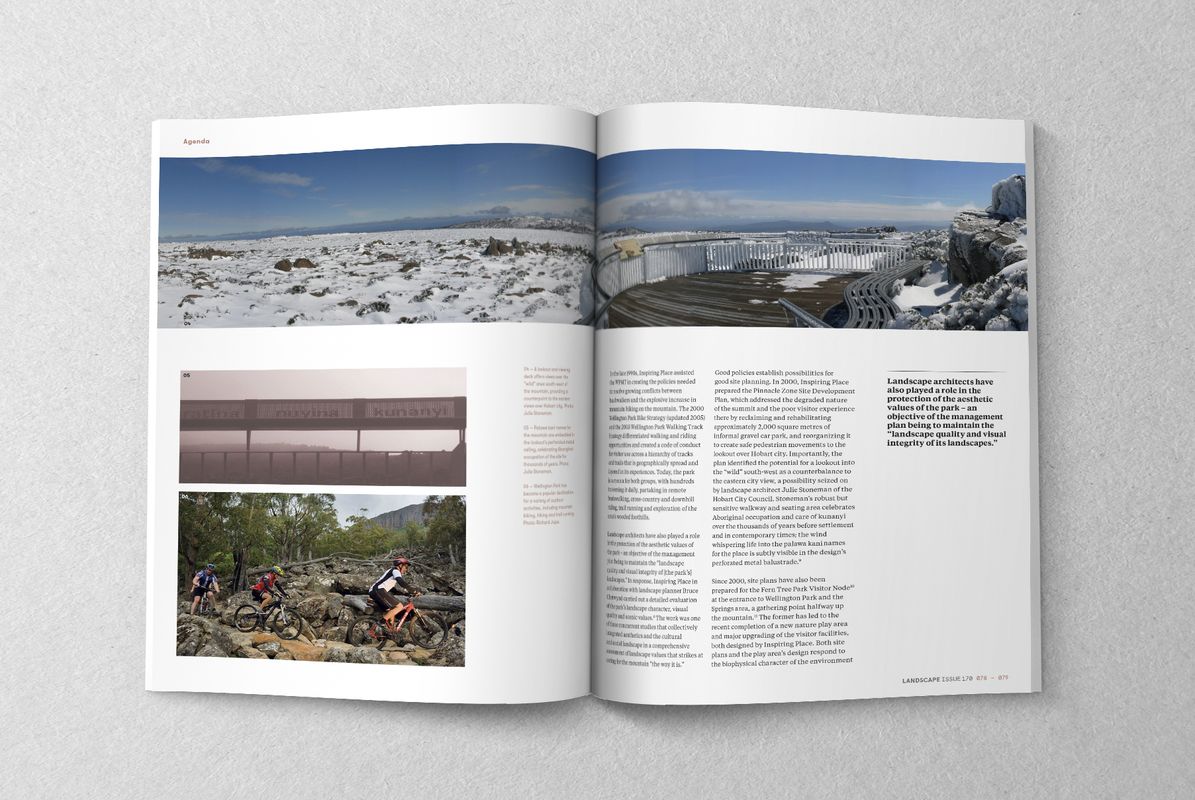With international borders closed for over a year, domestic visitation to our regional areas has increased significantly. Government initiatives have been directed toward boosting the regional economy through tourism and many of our iconic regional Australian landscapes have been placed firmly in the spotlight. This has, of course, put a fresh strain on these areas, some of which are now receiving exceptional numbers of visitors keen to experience the unique qualities and diverse ecologies of our regions’ natural attractions. The extensive work undertaken in shaping futures for these places through the balancing of competing social, environmental and economic interests is the basis for the “Engaging regional identities” section that forms a section of this issue.
The articles collected in “Engaging regional identities” reflect on the work of landscape architects – in collaboration with Traditional Owners, ecologists, architects, engineers, historians and local communities – in engaging and enhancing the sense of place in Australia’s regions. In many cases, this work is long-term and ongoing, and is being undertaken through recognizing the components and qualities that comprise a location’s genius loci, including its unique biota, and mobilizing these qualities through planning, policy, project commissioning, maintenance and physical interventions. In other instances, landscape architects are deploying their skills in collaborative design processes to assist local communities in developing more sustainable approaches to the management of their land.
Several noteworthy publications in the Asia Pacific region have come to fruition this year and we consider them in reviews here. In recent times, Australia’s relationship with Asia in the design sphere (and elsewhere) has been the subject of much discussion and exploration – this theme was taken up in a 2018 edition of the magazine, Landscape Architecture Australia Issue 157 “Embracing the Asian Century.” Inspired by their work as the issue’s guest-editors and initiators (alongside our former editor Ricky Ricardo), Heike Rahmann and Jillian Walliss have recently released The Big Asian Book of Landscape Architecture, a much-anticipated volume that catalogues landscape architecture and design practice throughout the Asia region. Meanwhile, over the Tasman, the Landscape Foundation has published its inaugural book, a compilation of essays that foregrounds Māori perspectives and voices across disciplines. Catherin Bull and Jock Gilbert, respectively, offer their thoughts.
Two very different projects located within the urban fabric are also examined in this issue. Adrian Marshall pays a visit to a new precinct by Rush Wright Associates in suburban Melbourne that offers a focal point for the area’s multicultural community; and John Mongard unpacks the evolution and design of Fish Lane Town Square by RPS Group, the latest stage in the development of Fish Lane Arts Precinct in inner-city Brisbane.
The articles in this issue illustrate the immense range of areas in which landscape architects are contributing as they enable new understandings of the world through research and practice.
– Emily Wong, editor
In this issue:
-
Viewpoint: Shaping a dynamic and growing profession. A message from AILA CEO Ben Stockwin.
-
Examining landscape practice in Asia. A new compendium of projects, essays and perspectives interrogates landscape architecture, design and urbanism across Asia. Review by Catherin Bull.
-
Highlighting Māori thinking. A book by New Zealand’s Landscape Foundation foregrounds Māori perspectives, voices and writing. Review by Jock Gilbert.
-
Designing for co-existence. The latest issue of Kerb Journal explores how we might reconsider our relationship with the natural world. Review by Liam Mouritz.
-
A welcome encounter. Springvale Community Hub in Melbourne’s south-east celebrates the diversity of its multicultural community. Review by Adrian Marshall.
-
Gondwana in the city. Fish Lane Town Square transforms a forgotten urban space into an intimate pocket park replete with ferns. Review by John Mongard.
-
Choreographing coastal complexities. Phillip Island has long captivated visitors to Victoria with its dramatic landscapes and coastal ecologies. Article by Mark Frisby.
-
Collaborating on Yawuru Country Reflecting on the impacts of the Yawuru Cultural Management Plan a decade on from its development. Interview by Rosie Halsmith.
-
Entangling time and space at Budj Bim. A journey through time and place on Country at the Budj Bim Cultural Landscape in western Victoria. Words by Aunty Eileen Alberts and Jock Gilbert.
-
Going bush in WA. A profile on the work of the WA Department of Biodiversity, Conservation and Attractions, balancing recreation with conservation. Profile by Simon Kilbane.
-
Framing the genius loci. Mount Wellington, with its many moods, has long-occupied a central place in the landscape of Hobart. Reflection by Jerry de Gryse.
-
Making space in Sydney’s west. The ongoing evolution of the Western Sydney Parklands is bringing a new identity to the city. Article by Scott Hawken.
-
First project. Anton James revisits the design of one of his early projects, a multiresidential development in inner-city Sydney.
Subscriptions and back issues: Print and Digital.
Follow Landscape Architecture Australia on Twitter, Facebook and Instagram.
Email me at landscape@archmedia.com.au
Source
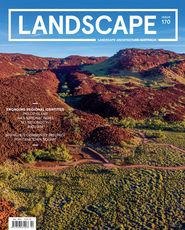
Archive
Published online: 27 Jul 2021
Words:
Emily Wong
Issue
Landscape Architecture Australia, May 2021

